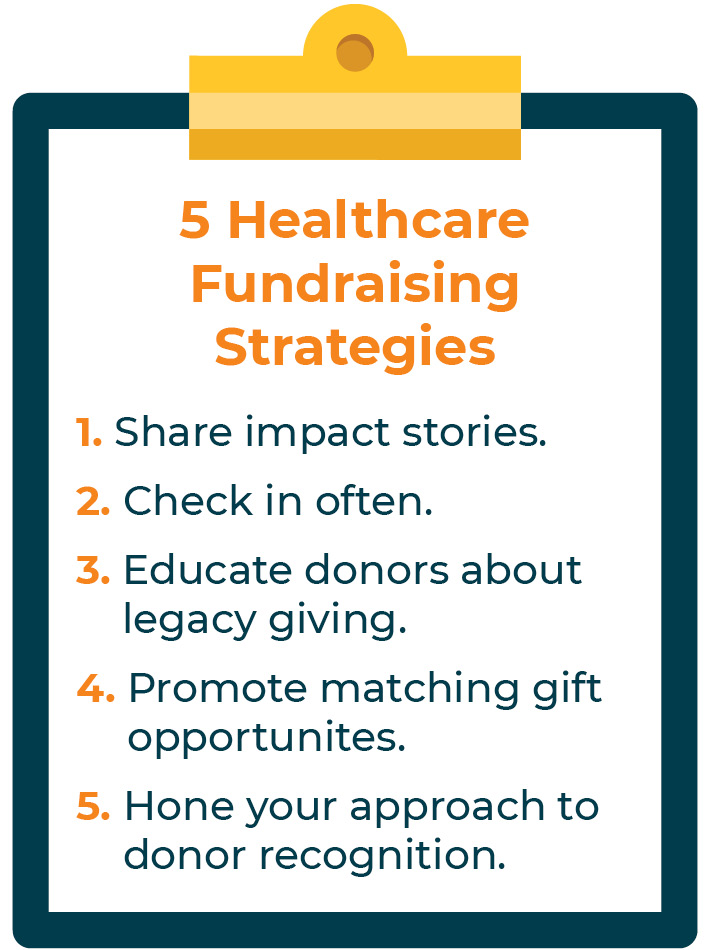Top Nonprofit Fundraising Ideas: Ingenious Techniques to Elevate More Funds
Top Nonprofit Fundraising Ideas: Ingenious Techniques to Elevate More Funds
Blog Article
The Function of Area Interaction in Nonprofit Fundraising: Structure Lasting Relationships for Sustainable Assistance
Community interaction is progressively identified as a vital part of successful nonprofit fundraising. The methods and approaches utilized to involve areas differ widely, increasing crucial questions regarding effectiveness and influence.
Understanding Community Interaction
Area engagement is a vital element of effective nonprofit fundraising initiatives. Nonprofits have to recognize key stakeholders-- such as community participants, local companies, and various other companies-- to create reliable interaction approaches.
Efficient community interaction is based on active listening and responsiveness to the demands and passions of the area. This procedure involves soliciting responses, comprehending area characteristics, and guaranteeing that the organization's goal straightens with regional top priorities. Involving the neighborhood can take numerous forms, including public conferences, volunteer chances, and partnership campaigns, each created to encourage participation and financial investment in the company's goals.
Moreover, area involvement should be come close to as an ongoing dialogue instead than a single effort. By promoting an inclusive atmosphere where neighborhood voices are listened to and valued, nonprofits can build a solid structure for future fundraising ventures. Ultimately, a deep understanding of area engagement equips organizations to produce authentic links that improve their overall performance and sustainability.
Advantages of Strong Relationships
Solid connections created through neighborhood engagement return countless benefits for not-for-profit fundraising initiatives. Most importantly, these connections foster trust and trustworthiness, vital parts in motivating benefactors to add. When potential supporters see a not-for-profit proactively associated with their neighborhood, they are more probable to think in its objective and influence.

Moreover, these relationships help with efficient communication. Nonprofits can take advantage of their connections to share tales of impact, updates, and needs, making sure that fans stay educated and involved. This open line of interaction not only reinforces bonds yet additionally encourages word-of-mouth promotion, expanding the nonprofit's reach.
Finally, strong community connections can attract new companions and enrollers. Businesses and individuals are much more inclined to straighten with organizations that demonstrate meaningful area involvement, supplying additional resources and support that can significantly improve fundraising capabilities. Thus, growing robust partnerships through neighborhood engagement is integral to a not-for-profit's long-lasting fundraising success.
Approaches for Reliable Engagement
Exactly how can nonprofits properly engage their communities to enhance fundraising initiatives? Creating targeted approaches is essential for fostering meaningful connections. Initially, leveraging social media sites systems enables companies to share their objective dynamically and interactively, reaching a more comprehensive audience. Routine updates, involving material, and calls-to-action can galvanize neighborhood passion and involvement.
2nd, organizing community occasions, such as workshops, volunteer possibilities, or fundraising drives, promotes face-to-face interaction, permitting nonprofits to showcase their impact and efforts. These events not just increase funds but also cultivate relationships and enable area participants to engage straight with the reason.
Third, executing personalized interaction techniques can boost interaction. Customizing messages to specific donor segments based on rate of interests and previous payments cultivates a sense of belonging and investment in the organization's objective.
Last but not least, developing partnerships with local companies and neighborhood leaders can magnify outreach efforts. Joint campaigns can improve exposure and reputation, demonstrating a collective dedication to the community's wellness. By incorporating these strategies, nonprofits can construct long lasting relationships that boost fundraising initiatives and drive lasting assistance.
Determining Involvement Success
While engaging the area is essential for successful not-for-profit fundraising, gauging the performance of these involvement initiatives is similarly essential. Developing clear metrics permits companies to examine how well they are getting in touch with their target market and attaining their fundraising objectives. Key efficiency indicators (KPIs) such as donor retention prices, volunteer participation levels, and involvement on social networks systems offer tangible data for evaluation.

Routinely analyzing these metrics enables organizations to pivot their methods when needed, guaranteeing that area interaction remains lined up with their overall goal. Moreover, sharing these outcomes with stakeholders promotes openness and develops depend on, urging further community participation. Inevitably, a robust dimension structure not only educates future fundraising campaigns but additionally enhances the connection in between the nonprofit and its supporters, preparing for sustainable success.
Study in Neighborhood Impact
Many study illustrate the profound effect that area engagement can carry not-for-profit fundraising success. One significant example is the "Food for Thought" initiative, where a local food financial institution partnered with services and institutions to host community dinners. These occasions not only elevated funds however likewise fostered a sense of belonging amongst participants, significantly increasing donor retention rates.
One more compelling instance is the "Eco-friendly Spaces Task," which entailed regional homeowners in the revitalization of city parks. This campaign not only amassed financial backing from regional services yet also cultivated a volunteer base that added to continuous maintenance and programs. The sense of possession and satisfaction among community members equated right into sustained contributions.
In the world of arts, the "Art for All" campaign efficiently find more info involved regional artists and clients to produce joint art installations, causing raised presence and contributions for a regional arts not-for-profit.
These instances highlight that when nonprofits prioritize my response neighborhood involvement, they can develop long lasting relationships that enhance fundraising initiatives, making sure lasting assistance and cultivating a lively community culture. Such cases show that neighborhood engagement is not merely a strategy but a vital pillar of not-for-profit success.
Conclusion
To conclude, area interaction is essential to the success of not-for-profit fundraising initiatives. By promoting strong relationships with regional stakeholders, companies enhance trust fund and reputation, causing improved contributor retention and commitment. Carrying out reliable interaction approaches and determining their influence makes sure that nonprofits can flourish and adjust. Ultimately, a durable foundation of area support not only enhances fundraising possible but also cultivates a society of collaboration, vital for achieving long-lasting organizational goals and sustaining purposeful influence.
Nonprofits must determine essential stakeholders-- such as community participants, regional businesses, and various other organizations-- to develop effective engagement techniques.

In verdict, community interaction is indispensable to the success of not-for-profit fundraising initiatives.
Report this page